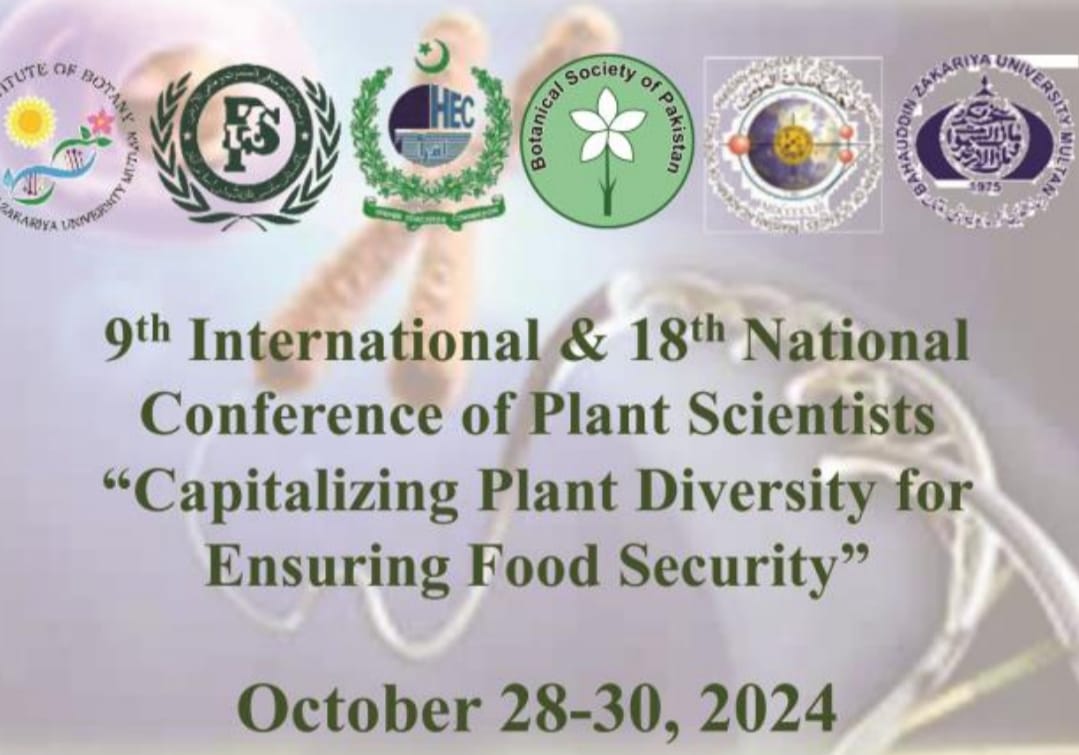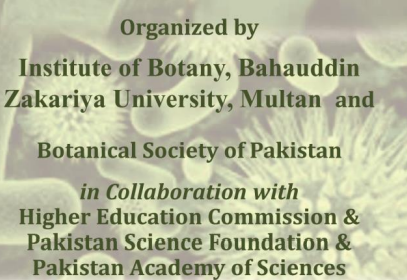
PJB-2025-281
EFFECT OF CHITOSAN AND NEEM LEAF EXTRACT ON EXTENDING THE POSTHARVEST LIFE OF SOLANUM LYCOPERSICUM L.
Hoor Amina
Abstract
ABSTRACT
Tomatoes are highly perishable and prone to postharvest deterioration, necessitating ecofriendly preservation strategies. This study evaluated the effects of chitosan, neem leaf extract, and their combination on quality parameters of tomatoes stored under room and refrigerated conditions up to Day 16. Weight loss reached 9.13% in P0 but was minimized to only 1.17% in Q2, demonstrating superior retention under cold storage. pH remained relatively stable in P0 (4.08) but was elevated in P2 (7.20) and Q2 (5.50), reflecting enhanced buffering. Titratable acidity declined sharply in P0 (0.1521%) but was better preserved in P1 (0.2368%) and Q1 (0.1666%). Ascorbic acid decreased notably in P0 (17.5 mg/100g) while Q2 retained the highest levels (62.3 mg/100g). Antioxidant activity (DPPH) fell to 36.13% in P0 but remained high in Q2 (63.2%). Total sugars dropped to 9.5% in P0 but were maintained at 6.5% in Q2. TSS stabilized at 0.9% in P0, whereas Q2 showed better control at 0.43%. Phenolic content decreased to 55 µg GAE/mL in P0 but was preserved at 170 µg GAE/mL in Q2. Flavonoids declined in P0 (0.111 µg CAE/mL) but peaked in Q2 (0.4277 µg CAE/mL). Moisture content dropped drastically in P0 (71.5%) but was best retained in Q2 (87.5%). Decay incidence was highest in P0 (86.3%) but minimized in Q2 (17.7%). Color scores fell to 3.1 in P0 but remained nearfresh at 7.8 in Q2. Firmness declined to 2.0 in P0 but was maintained at 6.5 in Q2. Flavor dropped to 3.0 in P0 but was preserved at 7.0 in Q2, while aroma fell to 4.0 in P0 but remained 7.0 in Q2. Overall acceptability was lowest in P0 (3.0) and highest in Q2 (7.0), indicating superior acceptability. FTIR confirmed the successful integration of neem bioactives into chitosan, while SEM revealed smooth, compact coatings in chitosan and slightly rougher, bioactiverich surfaces in neem chitosan composites. Overall, Q2 treatment exhibited the greatest effectiveness in preserving physicochemical, nutritional, and sensory qualities, underscoring its potential as a sustainable postharvest strategy.The combined application of chitosan and neem leaf extract demonstrates synergistic effects in extending the postharvest life of tomatoes. This integrated approach provides a promising solution to reduce postharvest losses and improve the quality of tomatoes, thereby enhancing the economic benefits for farmers and ensuring a continuous supply of fresh, nutritious tomatoes to consumers. Moreover, these organic coatings enhance the nutritional value of tomatoes by preserving vitamin C content and reducing oxidative damage, contributing to the achievement of sustainable development goal (SDG-2), i.e.,(zero hunger).
To Cite this article:


